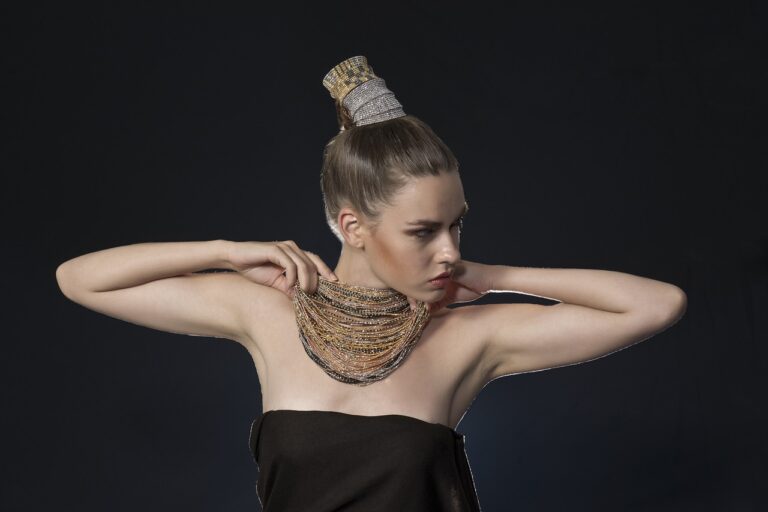Fashion and Politics: The Power of Symbolism
Clothing has long held a significant role in political movements throughout history. From ancient civilizations to modern times, individuals have used attire as a means of expressing their political beliefs and affiliations. In many instances, specific garments or styles have become emblematic of certain ideologies or movements, serving as a visual representation of collective identity and solidarity.
The act of donning particular clothing items or uniforms has often united individuals under a common cause, enabling them to visually demonstrate their allegiance and unity to the broader public. In addition to serving as a form of nonverbal communication, clothing in political movements has been a tool for empowerment and resistance against oppressive regimes or social norms. The symbolism embedded in apparel choices has the power to evoke strong emotions, spark conversations, and ultimately, drive social change.
The Use of Color in Fashion to Convey Political Messages
Color has always played a significant role in conveying political messages through fashion. From the suffragettes’ purple, white, and green symbolizing loyalty, purity, and hope for gender equality to the Black Panther Party’s iconic black berets representing unity and solidarity against racial injustice, colors have served as powerful tools for expressing political beliefs. In recent times, the pink “Pussyhats” worn during the Women’s Marches have come to symbolize resistance and women’s rights in a visually striking and cohesive manner.
The choice of colors in fashion can evoke strong emotions and convey powerful messages without the need for words. Red is often associated with passion, power, and revolution, making it a popular choice for political movements seeking to ignite change and draw attention to their cause. Conversely, white can signify purity, peace, and a call for unity, as seen in various peaceful protests and events where participants don white attire to symbolize solidarity and hope for a better future.
• Red is often associated with passion, power, and revolution
• White can signify purity, peace, and a call for unity
• Suffragettes used purple, white, and green to symbolize loyalty, purity, and hope for gender equality
• Black Panther Party’s black berets represented unity and solidarity against racial injustice
• Pink “Pussyhats” worn during Women’s Marches symbolize resistance and women’s rights
How Accessories Can Serve as Symbols of Political Beliefs
Throughout history, accessories have played a significant role in conveying political beliefs. From the suffragette movement in the early 20th century to modern-day activism, accessories have served as potent symbols of resistance and solidarity. For example, the green scarf worn by pro-choice advocates in Ireland symbolizes their fight for reproductive rights, while the safety pin worn by individuals in response to xenophobia represents allyship with marginalized communities.
Accessories not only serve as visual markers of political beliefs but also foster a sense of community and belonging among like-minded individuals. By wearing a specific accessory, individuals can signal their allegiance to a particular cause or movement without uttering a single word. This non-verbal form of expression allows for silent but powerful statements to be made, transcending language barriers and uniting individuals under a common purpose.
How have accessories been used historically to convey political beliefs?
Accessories such as pins, badges, and armbands have been used throughout history to symbolize political affiliations and beliefs. They serve as subtle yet powerful ways for individuals to express their support for a particular cause or movement.
Can the use of color in fashion be a form of political expression?
Yes, the use of color in fashion can be a powerful tool for conveying political messages. For example, wearing a specific color associated with a political movement can signal solidarity with that cause.
How can accessories serve as symbols of political beliefs?
Accessories such as hats, scarves, and jewelry can serve as symbols of political beliefs by incorporating logos, slogans, or motifs associated with a particular ideology or movement. They can also serve as conversation starters and help individuals connect with like-minded individuals.







